*Post updated March 2024
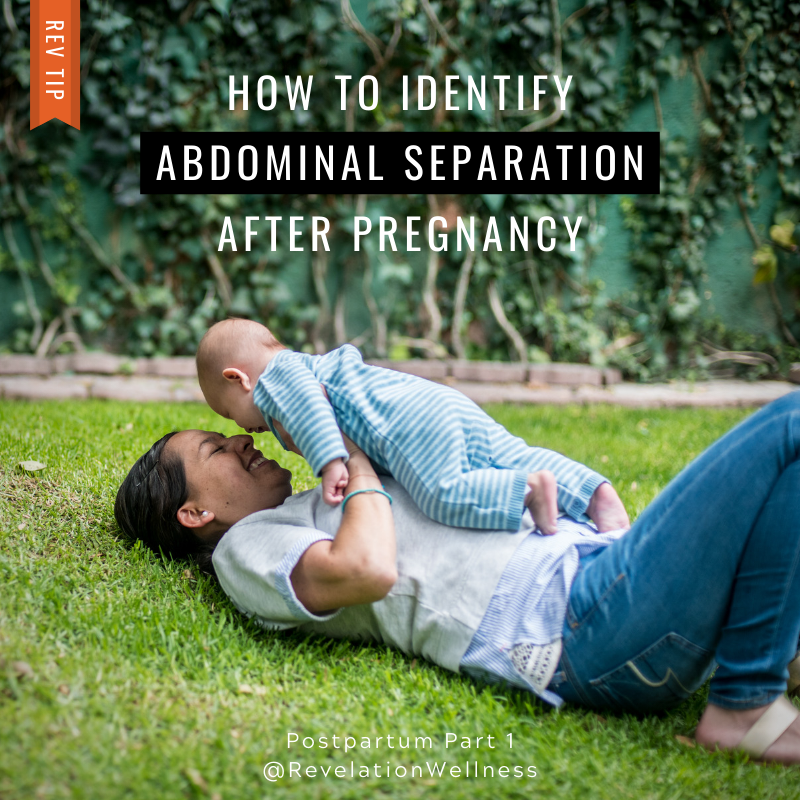
Diastasis Recti: How to Identify Abdominal Separation after Pregnancy
WHAT IS A DIASTASIS RECTI?
A diastasis recti is a separation of the abdominal muscles, what many refer to as the “six-pack” muscles.
This separation occurs along the band of connective tissue that runs down the middle of the rectus abdominis.
This band of tissue is called “the linea alba, but we’re going to refer to it as the “midline.”
Some degree of abdominal separation will always occur during pregnancy… God designed it this way!
Our Creator designed mama’s core muscles to expand to give room for the baby to grow!
During pregnancy, separation occurs down the midline as a result of the force of the uterus pushing against the wall of the abdomen coupled with the influx of pregnancy hormones that soften connective tissue.
If abdominal separation is wider than 2 – 2.5 finger-widths apart, you are considered to have diastasis recti.
Our Creator designed mama's core muscles to expand to give room for the baby to grow!
Kate Horney
Diastasis recti can occur anytime in the last half of pregnancy, but most commonly occurs after pregnancy when the abdominal wall is lax and the thinner midline tissue no longer provides adequate support for the torso and internal organs.
A small amount of widening of the midline happens in all pregnancies and is normal.
In many cases this abdominal separation, also known as diastasis recti, will heal naturally post-birth with no medical intervention, however, for many, the tissue remains too wide.
A midline separation of more than 2 to 2.5 finger-widths, or 2 centimeters, is considered problematic.
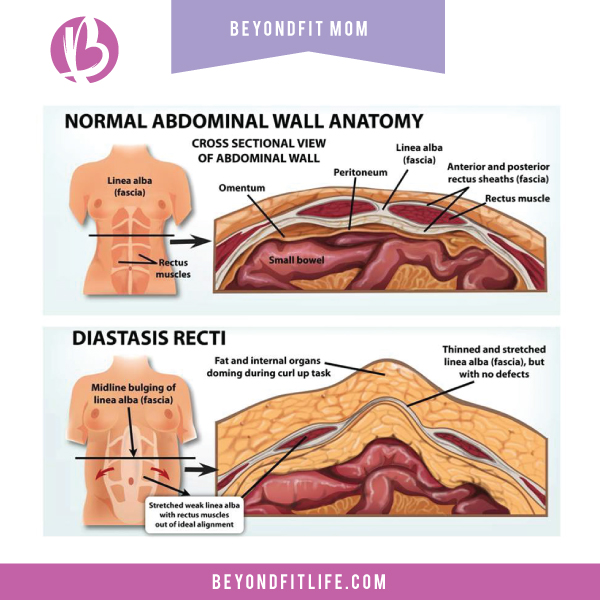
WHAT'S THE PROBLEM WITH A DIASTASIS RECTI?
A diastasis recti can lead to pelvic instability due to abdominal wall weakness. This instability can create a number of problems including…
– Abdominal discomfort with certain movements, such as rolling over in bed, getting in/out of bed, and lifting heavy objects
– Umbilical hernia
– Pubic symphysis pain
– Sacroiliac joint pain
– Low back pain
– Pelvic floor dysfunctions, such as urinary, fecal and flatulence incontinence and pelvic organ prolapse
In addition, a diastasis recti can change the appearance of the abdomen. The skin may droop, and some patients may even develop an actual hernia through the midline.
Also, some moms may complain of continuing to look pregnant…. Even YEARS after having their baby.
How to know if you have Diastasis Recti...
1. Lay on your back with your knees bent and your feet flat on the floor.
2. Exhale and lift your head and shoulders off the floor – put one hand behind your head to support your neck.
3. Make sure you contract your rectus abdominis muscle – bring your rib cage closer to your hips, rather than just bringing up your head.
4. Place your fingers in a horizontal position across your belly button and feel above, over and below the belly button. Assess the width and depth of the gap. It is also relevant if there is a gap in how firm or loose the sheath under the belly button feels.
SIGNS AND SYMPTOMS OF DIASTASIS RECTI INCLUDE:
– A gap of more than 2-2.5 finger-widths between the rectis abdominis.
– The gap does not shrink as you contract your abdominal wall.
– Bump or ridge extending down the middle of the abdomen
– Extra skin or tissue noticed in the front of the abdominal wall
– Lower back pain
– Pelvic floor problems, such as urine leakage (read more here)
Constipation
– Postpartum Hernia: when abdominal tissue or another organ pushes through the hole in the abdominal wall. (read more here)
DIASTASIS RECTI WARNING
The urge to return to traditional ab exercises like crunches may be strong when you feel like you’re ready to work out again after having a baby, but if you have diastasis recti, you must be cautious about what time of abdominal exercises you return to.
Always be sure you’re engaging your transverse abdominal and be very wary of any ab exercises that increase the intra-abdominal pressure.
Intra-abdominal pressure is the real problem behind diastasis recti and the “mommy tummy”.
Pushing your body too far, or rushing into hardcore ab exercises could be doing more harm than it does good if you have diastasis recti.
AVOID: Any exercise that will cause your abdominal wall to bulge out upon exertion.
NOTE: If at any point through your workout you notice signs of core weakness, please consider a modification until the entire workout can be completed without any of the following:
– If you are straining from within your abdomen or pelvic floor during the exercise
– If you leak urine when doing any of the exercises
– If you notice pelvic or lower back pain during or after the exercise
– If you feel unstable in the core during the exercise
– If there is bulging or “coning” in your abdomen during the exercise
Additional Resources
Kate shares the best exercises to heal DR and safely strengthen your core.
Read more about Diastasis Recti from “The Journal of Physical Therapy.”
Additional Research:
Management Strategies for Diastasis Recti
Diastasis recti during pregnancy: prevalence, risk factors and research
In the comments below, share your experience with abdominal separation. Share this post with your mama friends!

Kate Horney is a Certified Revelation Wellness Instructor and a Pre & Postnatal Fitness Specialist with a degree in Exercise Science. She’s a busy mom of two boys who has a passion to give women the tools needed to reach their fitness, health, energy, nutrition, and training goals. As a Fitness Teacher, Gospel Preacher, Kate has had the privilege of helping thousands of women transform their bodies… but even greater than that is the privilege of seeing Christ transform their hearts.


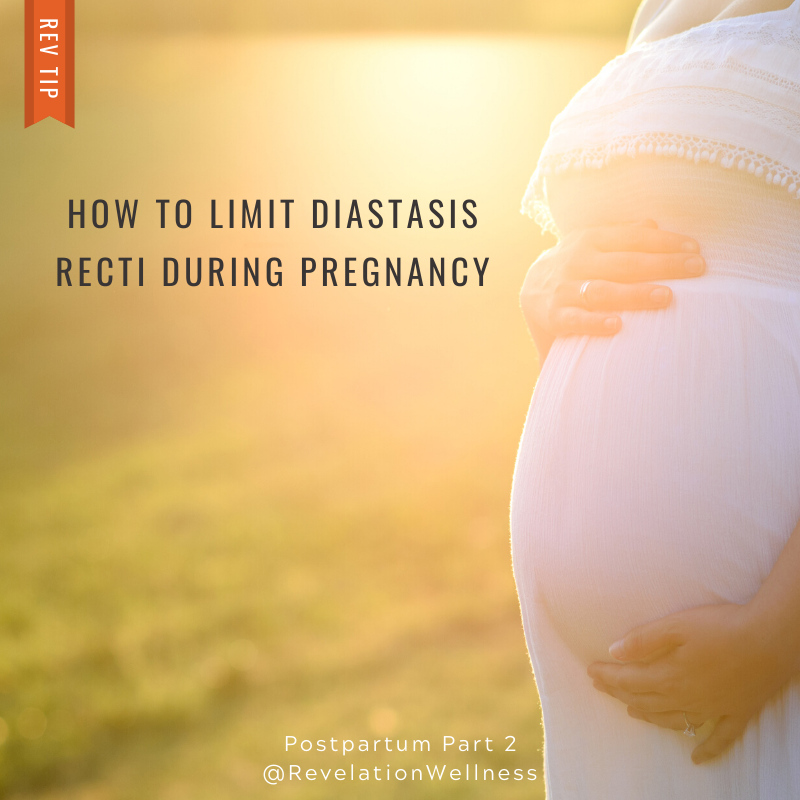
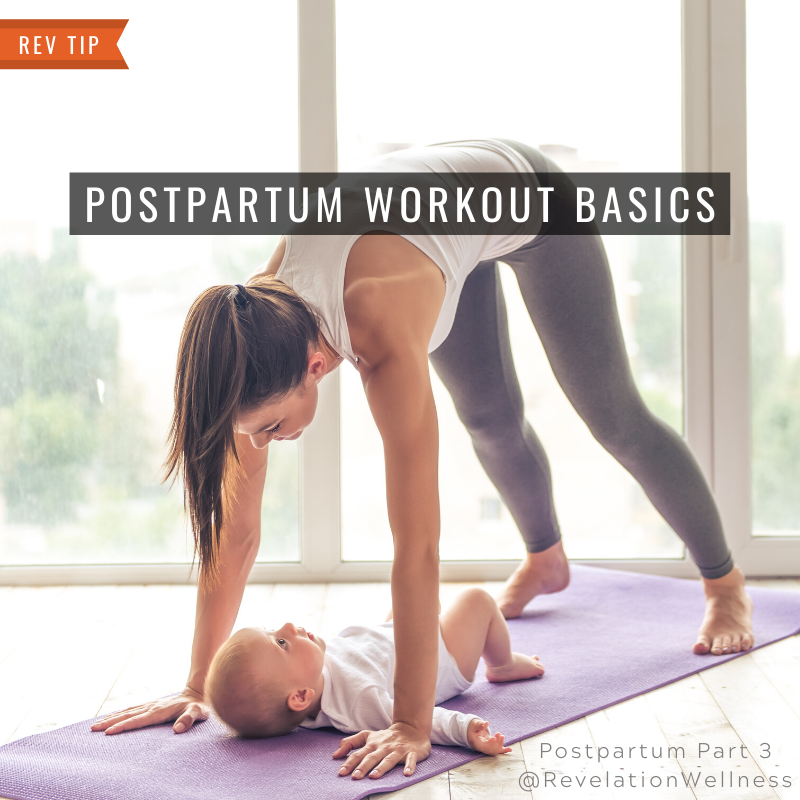
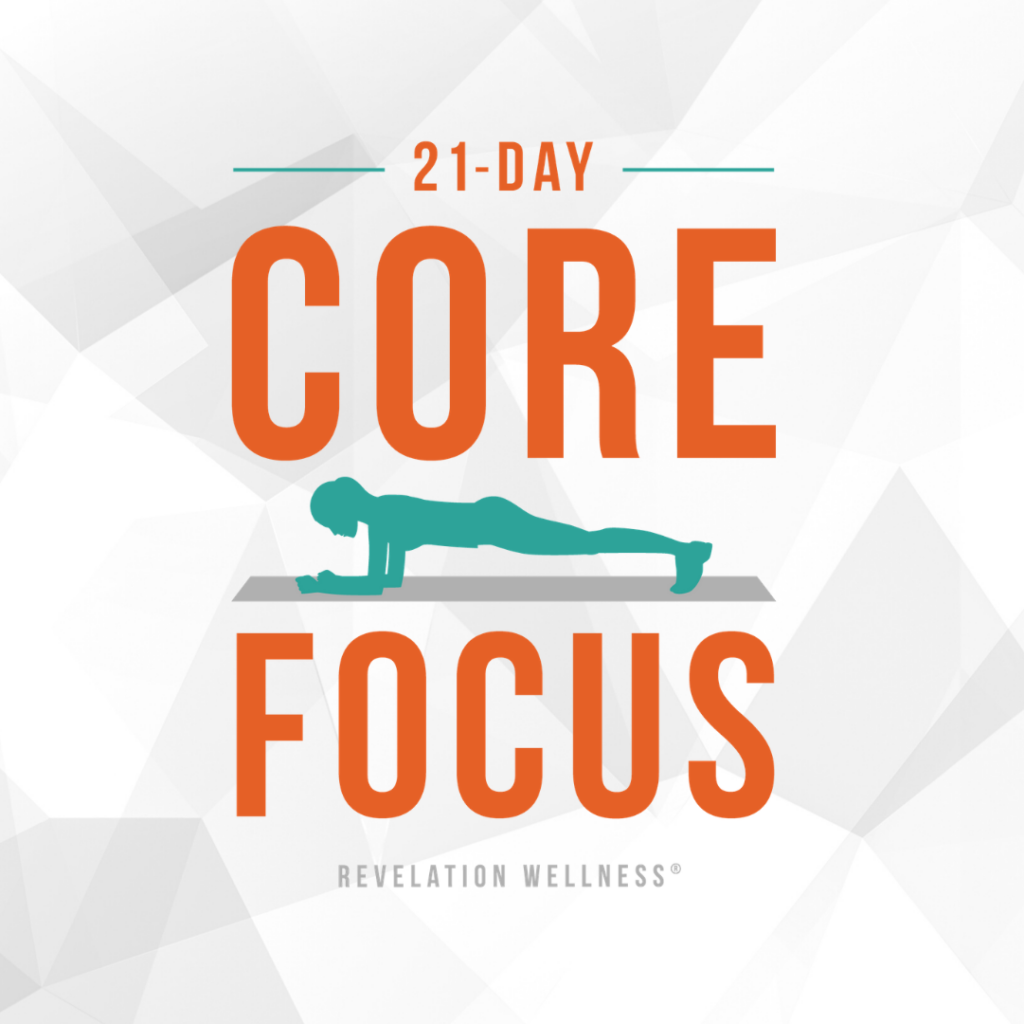










4 Responses
No ma what I do i can lose any. Im a Dietbatic. Some my sugar gets low. Can u help me
Hey Brenda, we can give you some resources, but it always best to see your doctor before starting any new program. You can check out our Sugar Fast challenge( https://69e9ef5477.nxcli.net/challenges/sugarfast/ ) or other challenges. We also have RevWell TV (https://69e9ef5477.nxcli.net/workout/revwell-tv/ ).